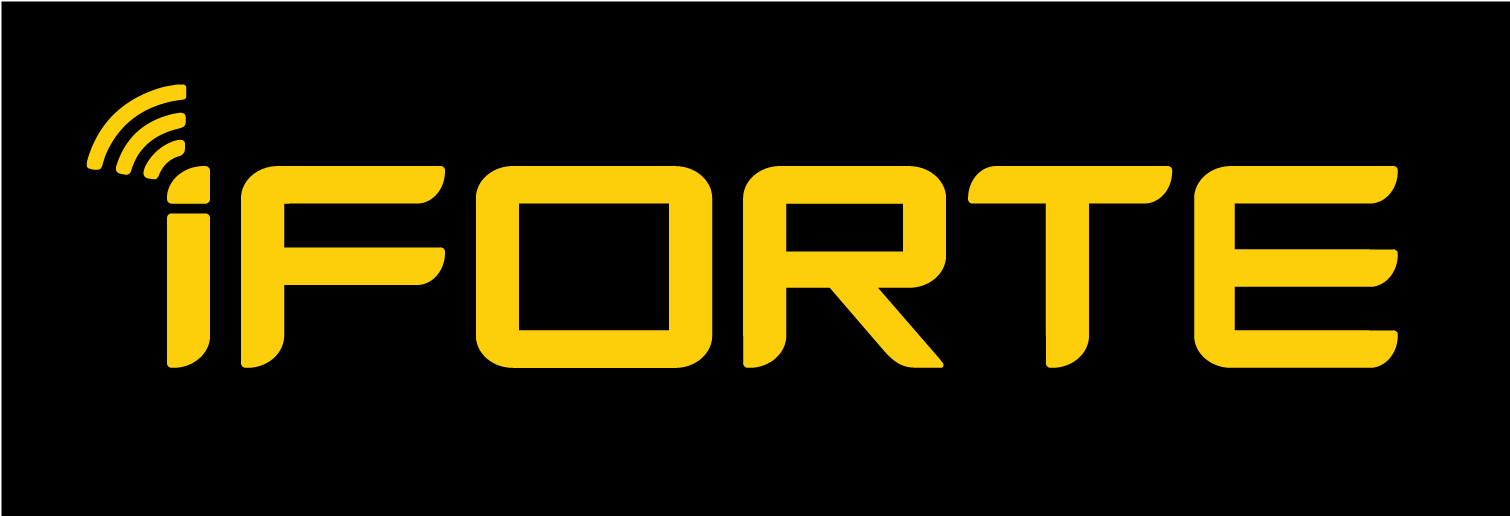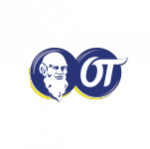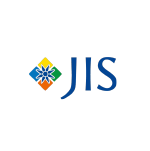We focus on you!
Our clients are always our number one priority.
With the spirit of providing "connectivity for better life",
iForte is committed to giving the best & reliable services to improve your business.
Our expertise and experience will surely give you convenience.
The best and reliable service for your business.
We're prepared to provide you with the best solutions for any type of business and industry









